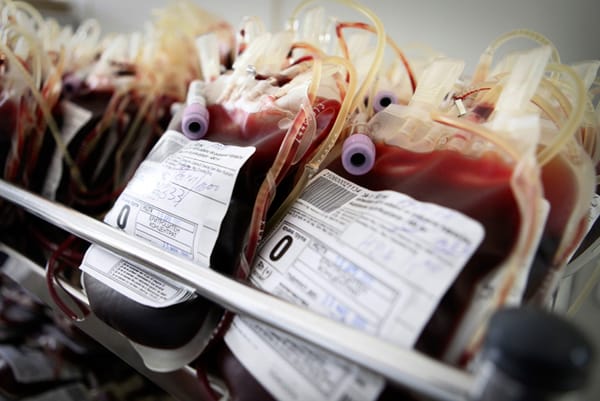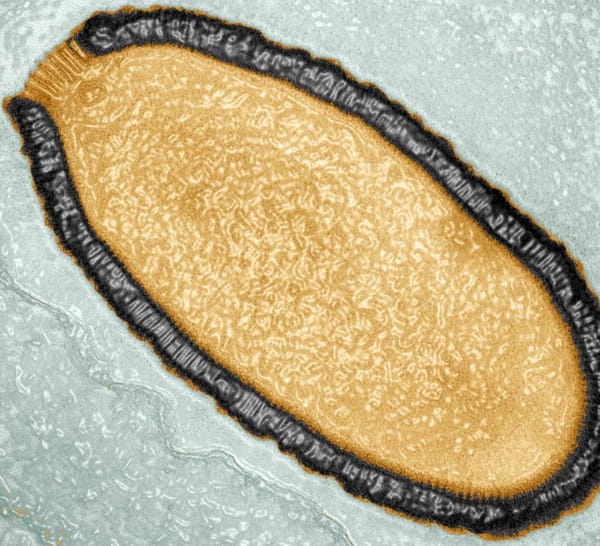Reseachers produce an even greener solar cell
A new solar cell is being pioneered by researchers at the Northwestern University, USA. Rather than using lead perovskite as the conductor to harvest light, the research team developed cells which utilise tin.
A new solar cell is being pioneered by researchers at the Northwestern University, USA. Rather than using lead perovskite as the conductor to harvest light, the research team developed cells which utilise tin. The research paper was published in the Nature Photonics journal earlier this week.
The main benefits of this structure are the low cost of manufacture and the fact that it is more environmentally friendly, as lead compounds are often hazardous and require specialist equipment to use safely.
The team was led by Mercouri G. Kanatzidis, an inorganic chemist, who explained their choice of materials: “Tin is a very viable material, and we have shown the material does work as an efficient solar cell.” Perovskite is an oxide mineral which are being used increasingly in the field of photovoltaics. Lead perovskite solar cells can achieve an efficiency of 15% and by replacing the lead in the compound with tin, the team hopes to match or even surpass this benchmark.
While perovskite can appear organically, Kanatzidis has been able to synthesis a tin-iodide perovskite compound. Collaborating with nano-scientist Robert P. H. Chang, they set about creating a working solar cell from the material. The perovskite materials are used as light harvesters in the solar cell and using tin, the research team noted that the charge accumulates in the perovskite as well as in the electrode contacts. This led to a lower open-current voltage, which could be tuned by substituting iodide atoms with bromide.
Comparison tests were performed between tin halide compounds (notably iodide and bromine) with lead counter parts. The optical bandgap in the tin-iodide perovskite compound was measured at 1.3 eV, which is lower than the lead cells’ 1.55 eV. The absorption spectrum was also red shifted to a higher wavelength of 950nm.
While their tests were only able to reach efficiencies of just below 6%, the manufacture process with these new materials is an important starting point, Kanatzidis believes. “Other scientists will see what we have done and improve on our methods, here is no reason this new material can't reach an efficiency better than 15 percent, which is what the lead perovskite solar cell offers.
Tin and lead are in the same group in the periodic table, so we expect similar results.”








